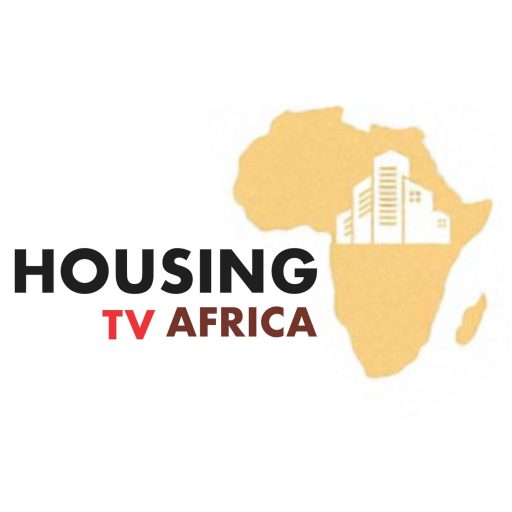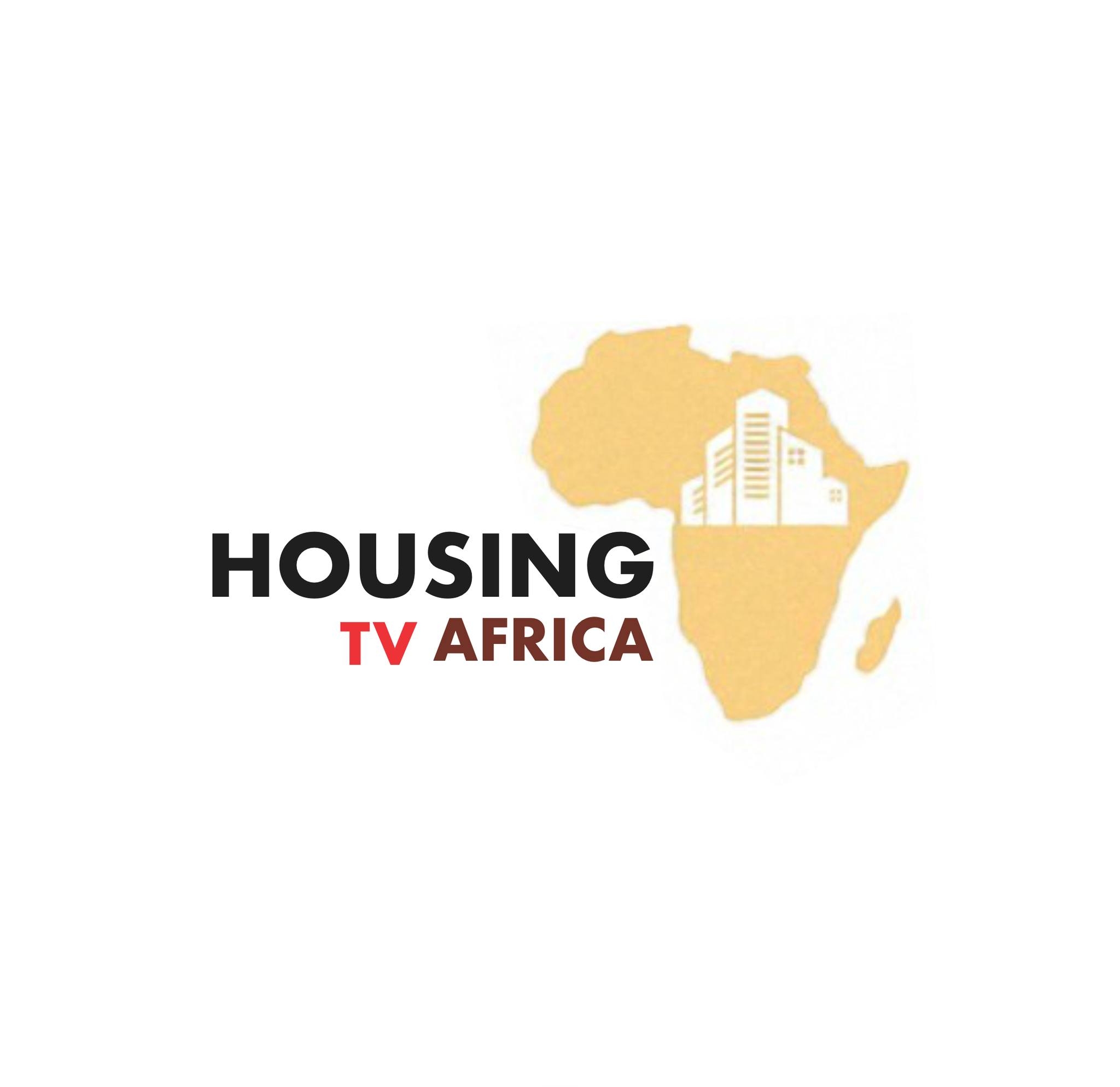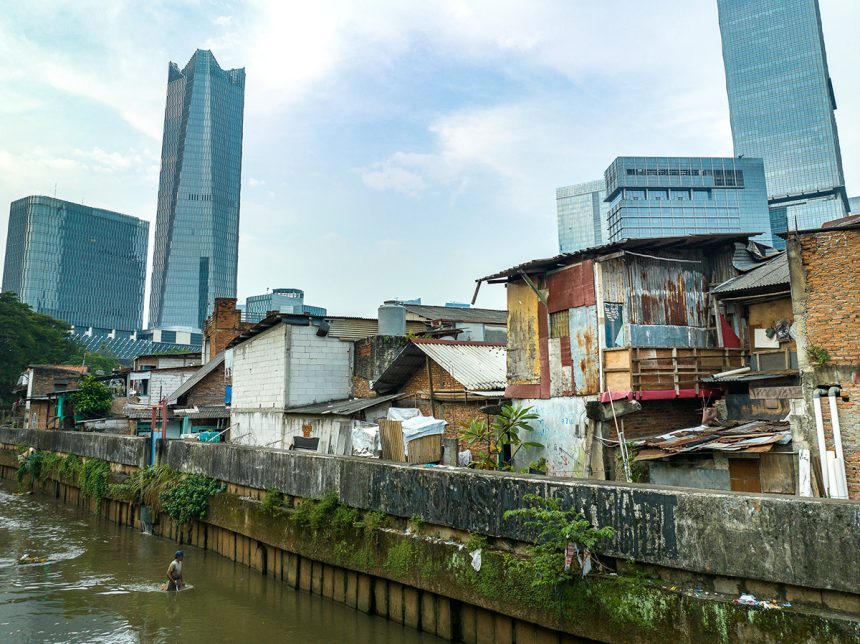Urban development in Nigeria presents two stark realities: on one side are gleaming luxury estates with high-end apartments, private roads, and reliable infrastructure; on the other, sprawling slums where millions live without access to basic services. These extremes often coexist in the same city, especially in Lagos.
In areas like Ikoyi, Victoria Island, and Lekki, developers build gated communities for the wealthy, complete with security, malls, and uninterrupted power. Yet, just a few kilometers away, informal settlements like Makoko, Ajegunle, and Mushin house the majority of the city’s residents. Studies estimate that 60–70% of Lagos’s 20 million people live in slums, many in overcrowded single rooms with poor sanitation and frequent flooding.
The contrast is striking. While luxury estates benefit from political support and modern infrastructure, slum dwellers face insecure land tenure, risk of eviction, and pay more for poor-quality services like water from vendors. Health outcomes also differ sharply: slums face higher risks of disease outbreaks due to poor ventilation, unsafe water, and inadequate waste disposal.
This inequality fuels social tension and undermines national development. Nigeria’s rapid urbanization fueled by rural migration and population growth continues to widen the gap between the privileged few in estates and the millions trapped in informal settlements.
Addressing this divide requires more than demolitions. Experts recommend slum upgrading programs, inclusive planning that mixes affordable housing with high-end projects, and policies that improve land rights and access to mortgages. True urban development must balance the glitter of luxury estates with the dignity and stability of affordable housing for all citizens.



